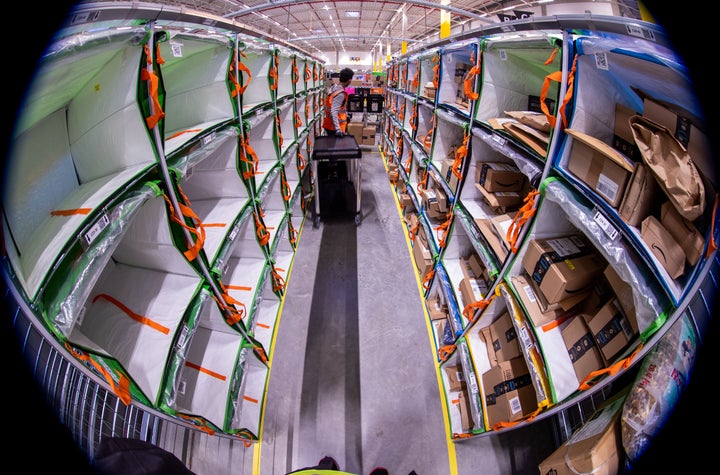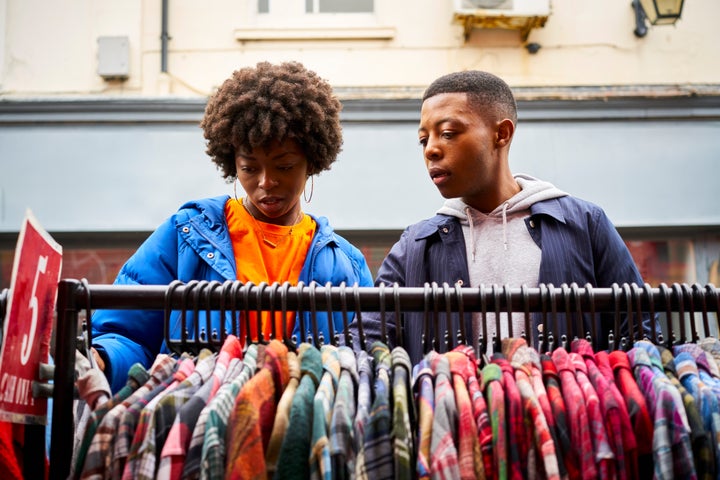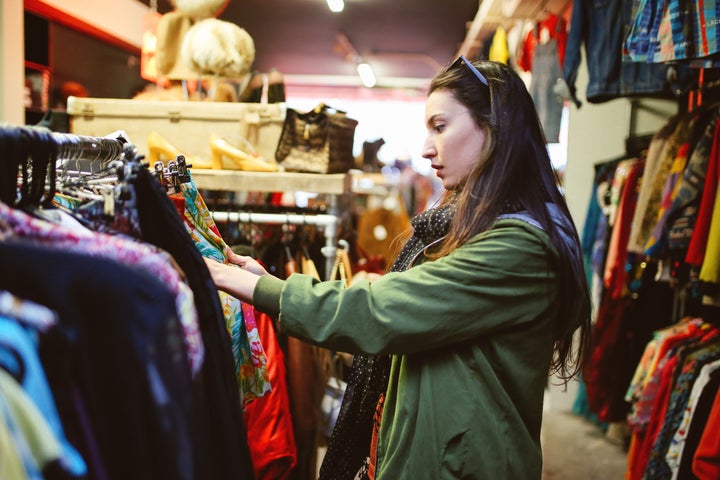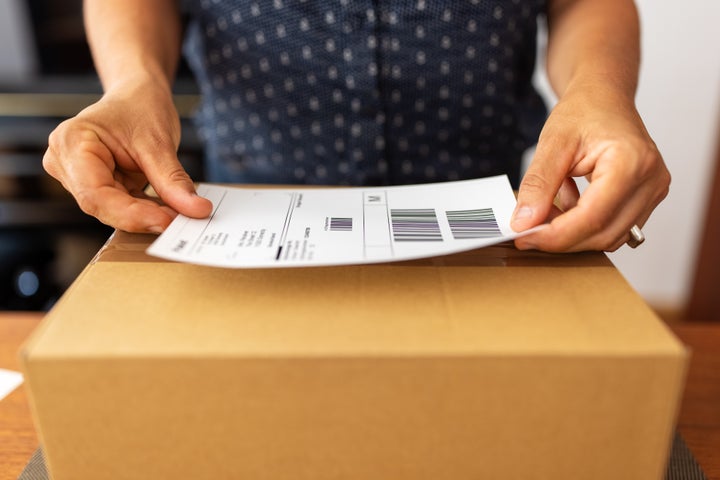
If we want to tackle climate change with our own habits, we’re told it’s the small changes that will make a difference.
We leave our houses armed with a reusable water bottle, try not to forget the canvas bags when we’re off to the shops, and maybe attempt a vegan recipe for dinner once a week.
But what about when we’re online shopping?
It’s no secret that we’re shopping online a lot more and when convenience is at our fingertips it can be so easy to select “next day delivery” because, well, why not?
Next day vs standard delivery
It might sound obvious but whether next day or standard delivery is better for the planet really depends on where your items are coming from.
Kai Landwehr from My Climate, an organisation that advises companies and individuals about carbon reduction and offsetting, says online shopping can be a “better option” for the environment.
He says if you live in Europe the “efficiency” of large warehouses can mean there’s little to no difference between choosing next day or standard delivery.
“Usually, consumers buy from larger platforms like Amazon, specialised retailers like Zalando, or from brick-a-mortar shops that also offer at-home delivery.
“All these companies have big warehouses and can adjust their delivery services in a more thoughtful, more efficient and more accurate way.”

But the story is different for products coming from further away, especially if they have to travel by air to get to our doorstep. These packages have a “significant impact” on the climate because of high emissions from traveling by air.
There have definitely been criticisms over the environmental cost of free, fast delivery options, including more vehicles needed to deliver your shopping faster and an increase in packaging waste.
If the product you’re ordering online is coming from as far away as China then it could be causing the same environmental damage as going in-store to a fast fashion chain shop for that same item.
For large online retailers, efficiency means more money which can make their processes more climate friendly.
“A retail giant like Amazon should maybe be criticised due to labour issues or its monopoly position. If you only look at the products, purchase, logistics and delivery, it is highly efficient.”
Landwehr points out choosing standard delivery can give companies a longer period to increase their efficiency, like making sure they load more parcels per truck and calculate more deliveries per journey.

Online shopping vs popping to the shops
For people who prefer shopping in-store, there’s some bad news ahead.
Landwehr mentions in-person shopping is harmful for the climate for two main reasons.
One of them being that driving to shopping locations can mean more harmful emissions going into the atmosphere. We’re more likely to make a journey further from home into bigger cities or to major shopping centres.
The second reason is stores themselves consume high amounts energy because of things like heating, cooling and lighting than their online counterparts.
If you do decide to shop in-person, there’s a few things you can do to help your carbon footprint.
For example, how you get there. Walking, cycling or using public transport to do your shopping trip can help reduce carbon emissions.
Another suggestion is combining one trip for different categories of shopping, like doing the food shop alongside shopping for clothes. Or combining a trip with your daily commute or other tasks in the area.

How to be greener when you shop
Even though online shopping can be better for the environment, there are certain things we can do to reduce our carbon footprint even further.
Landwehr suggests shopping locally is better for the environment.
But the big thing he points out is to shop “consciously”.
“Choose products you really need and you feel emotionally attached to, and focus on quality.
“The longer you use your product – whether it’s a functional outdoor jacket or your smartphone – the less your CO2 footprint from consumption becomes.”
And what about those oh-so-convenient free package returns? This is where things get bad.

“Emissions caused by product returns are terrible for the climate because they don’t make any sense. It’s a huge problem for the fashion industry.”
But Landwehr says that shoppers alone aren’t to blame.
The online industry gave us a choice and opened the door to us ordering various versions of the same thing knowing we can easily return it.
We’ve all been there – placing 3 different sizes of the same pair of jeans in our basket knowing we can try them on at home then return what doesn’t work.
Returning fast fashion items can be particularly bad because the cost for unpacking, cleaning and repackaging them are higher than the product margin. And most of these products end up in landfills or incinerated.
So online shopping isn’t so bad for the environment but as consumers we can definitely shop smarter if we want to make a difference to the climate.
That means looking at what we’re ordering, how far away it’s coming from, and how likely we are to return it (even if those returns are free).